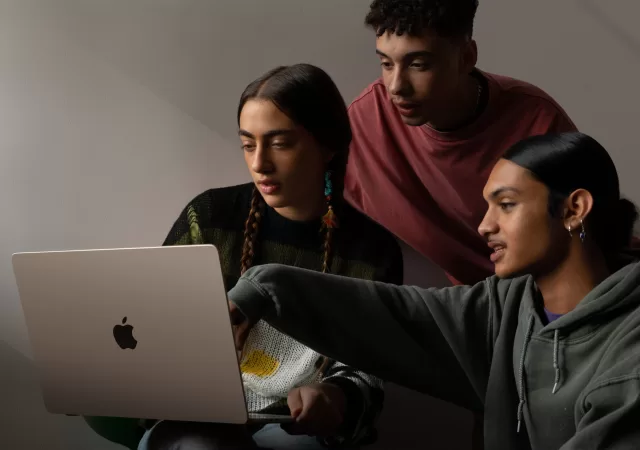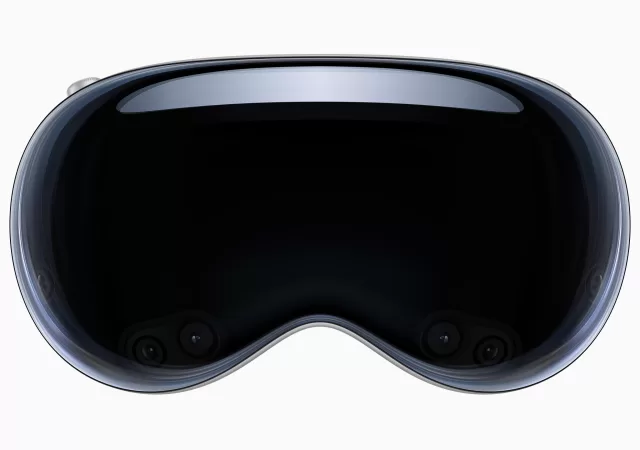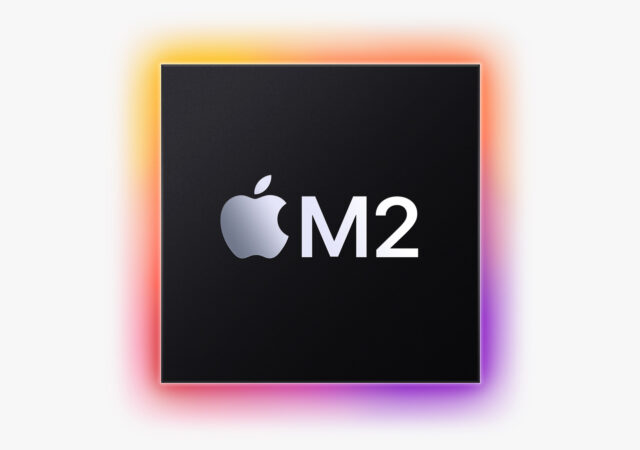Apple launches the 15-inch MacBook Air in WWDC 2023 packing a larger 15.3-inch Retina Display to make the thinnest 15-inch laptop in the world
[WWDC 2023] The Apple Vision Pro – The Apple Computer on Your Face
Apple introduces the Vision Pro, the first ever “spatial computing” experience in the world for a cool US$ 3,499.
[WWDC 2022] Apple Launches the M2 for the New MacBook Air and 13-inch MacBook Pro
Apple launches their new M2 silicon at WWDC 2022. The new M2 replaces the M1 chip and powers the new MacBook Air and 13-inc MacBook Pro.





